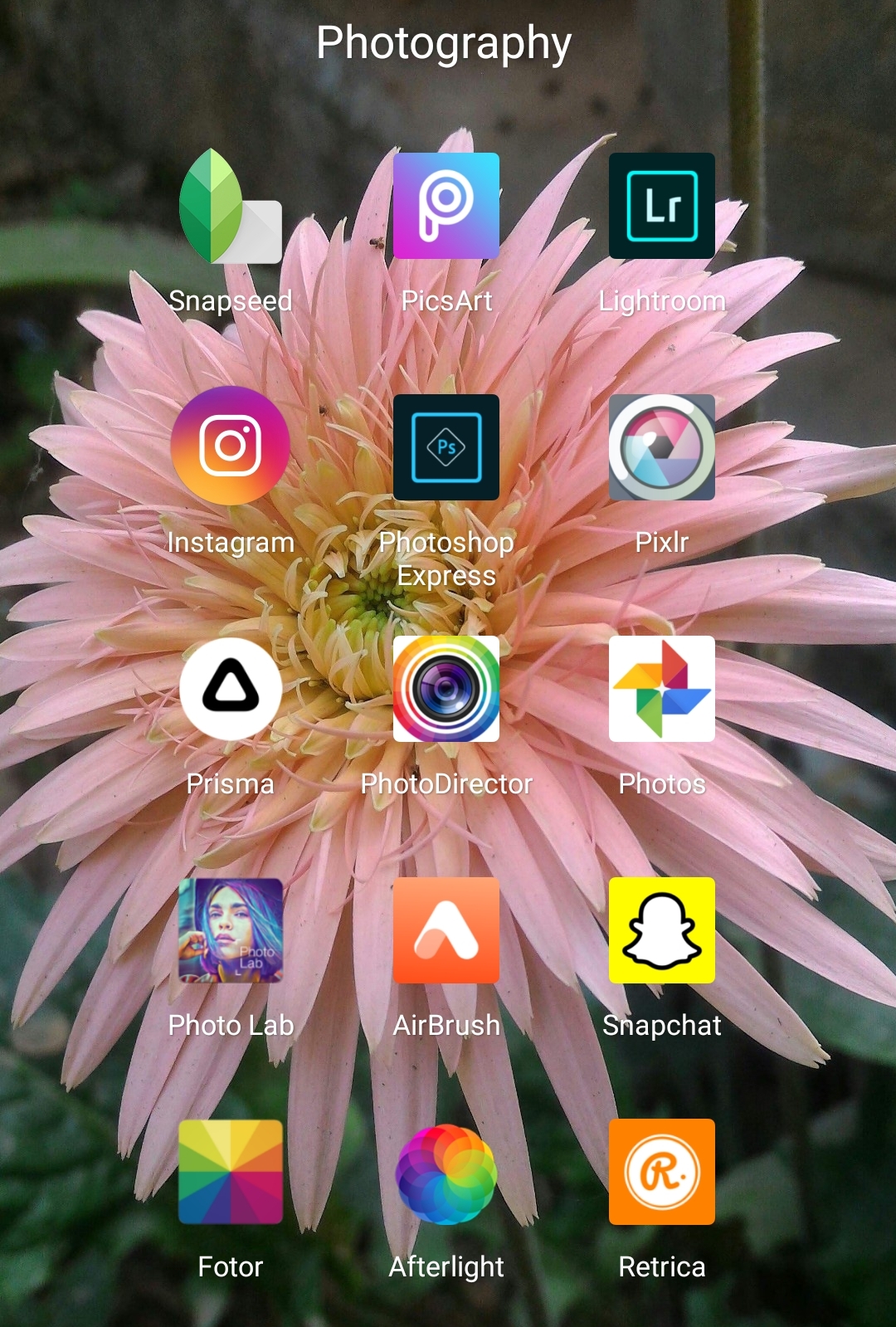


The above demo video shows how to implement an overlay in a flutter and shows how the overlay will work using the OverlayEntry & OverlayState in your flutter applications. We will also implement a demo program of overlay, and to implement Overlay in Flutter we need to know about two Flutter built-in classes OverlayEntry class and the OverlayState class. In this post, we will explore the Implemented Overlay In Flutter. For instance, a widget can show something, can characterize design, can deal with collaboration, and so on. It implies the base of your application is itself a widget, and right down is a widget moreover. Widgets are settled with one another to build the application. At the point when you made any adjustment in the code, the widget revamps its depiction by computing the contrast between the past and current widget to decide the negligible changes for delivering in the UI of the application. It portrays how your application view ought to look with its ongoing configuration and state. The focal intention is to build the application out of widgets. Whenever you will code for building anything in Flutter, it will be inside a widget.


 0 kommentar(er)
0 kommentar(er)
